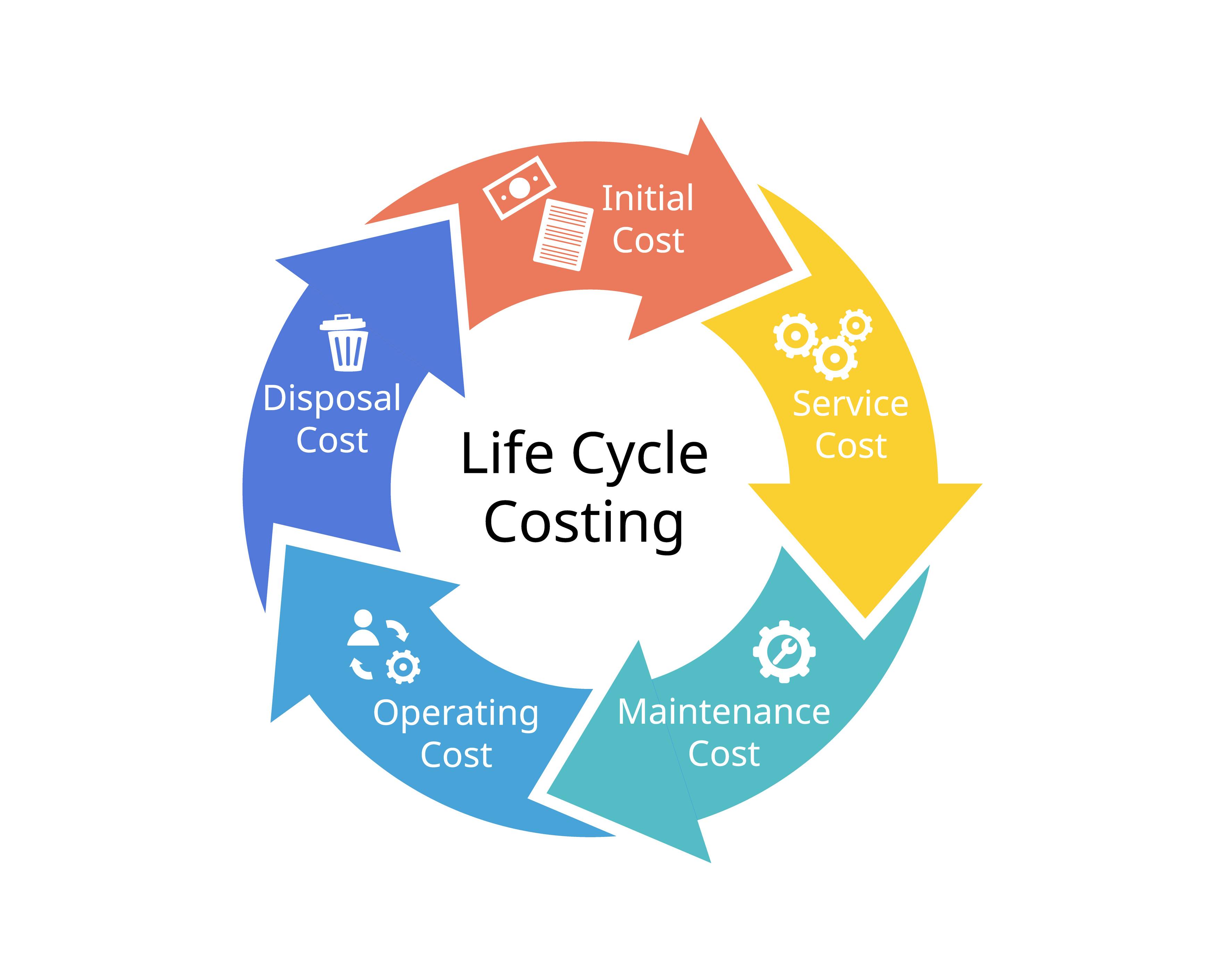Data is one of the world’s most valuable — and vulnerable — assets. As digital operations expand, so does the volume of information they generate. Without proper oversight, this growth increases exposure to regulatory penalties, legal disputes and security breaches.
Information life cycle management addresses this challenge by overseeing data from creation to deletion.
While traditional ILM relied on manual oversight, today’s data volumes demand a more scalable solution. Automation is critical for reducing risk, controlling costs and ensuring compliance in real time.
Why Automate ILM?
Consistency and quality are two of the most significant reasons for automating information. Regulations and contracts often require companies to keep records for a defined time and properly dispose of them when that period concludes. Automation is more reliable than manual processes when working with large volumes of data. Automated ILM deletes data at the appropriate time, reducing the chance of noncompliance.
Automating ILM also increases security by destroying information once it’s reached the end of its life. Beyond protecting against breaches, automated ILM also reduces operational risks by detecting data duplication, managing version control and ensuring traceability back to the original source.
3 Benefits of Automated ILM
Automated ILM helps businesses adhere to government regulations, save money and increase data security.
1. Improved Data Governance
Data governance is crucial for keeping pace with evolving regulations.
● Consistency: Automated ILM adheres to specific policies, reducing the chances of human errors or inconsistencies by making more informed decisions.
● Accountability: Employees can track who accesses data and when, making it easier to hold people accountable for mishandling.
● Compliance: Automated systems enforce compliance with regulations by preserving data for specified periods and securely deleting it when it’s no longer necessary.
2. Reduced Storage Costs
Storage costs continue to rise as organizations hold on to large volumes of unused or redundant data. The automated system classifies data based on its value and usage.
● Manage date usage: Automation can efficiently identify and reduce the amount of storage space needed.
● Save on costs: Reduce storage expenses by archiving infrequently accessed data to lower-cost storage solutions.
Companies can save money and preserve useful information by aligning their storage decisions with data life cycles.
3. Enhanced Security
Deleting unnecessary or irrelevant data minimizes the risk of cyberattacks. Choose a solution that encrypts information and destroys it on schedule.
● Real-time monitoring: Automated ILM solutions continuously watch data access and usage, quickly identifying suspicious activity or potential breaches.
● Access: Automation prevents unauthorized people from accessing data, reducing the risk of data leaks.
● Compliance: Automated systems can enforce data protection regulations to meet legal requirements.
Use automation throughout the data’s life cycle to minimize surface attacks and prevent sensitive information from falling into the wrong hands.
Practical Guidance on Implementing Automated ILM Solutions
Manual oversight is no longer sustainable in today’s data-saturated landscape. Automated ILM solutions are a scalable, cost-effective solution.
Data Migration
Before switching to ILM, understand what data currently exists and where it lives. During migration, only transfer relevant information from the current system.
● Create a detailed plan: Develop a plan for moving data from existing systems to the new automated ILM solution. Include timelines, responsibilities and risk assessments.
● Test the migration process: Conduct tests to identify potential issues and maintain data integrity throughout the process.
Integration With Existing Systems
Automation is only effective when it seamlessly fits into core platforms.
● Ensure compatibility: Evaluate how the new automated ILM solution will mesh with current data management systems.
● Consistency: Data must remain consistent across all systems during and after integration. Set up automated workflows to synchronize data as needed.
Ongoing Maintenance
Regulations change, security threats increase and business priorities shift, so providing continuous oversight is crucial. Staying ahead of the competition requires proactive, strategic decisions.
● Audits: Routinely audit the automated ILM system to be confident it functions correctly and meets compliance requirements.
● Updates and training: Staying up to date with the latest features and security patches will minimize cyberattacks. Additionally, provide ongoing staff training to familiarize them with the system’s capabilities.
Ongoing maintenance strengthens cross-functional collaboration by aligning teams around shared operational goals and regulatory standards.
Automated ILM Supports Business Goals
With the high volume of information, relying solely on manual oversight increases the risk of safety and data mismanagement. Automated ILM keeps pace with the constant changes, saves money and improves data security. Early adopters who invest in automation position themselves to minimize risks and maintain compliance, allowing company leaders, AI tools and staff to use their resources better.
____________________





.png)
.png)
.png)
.png)